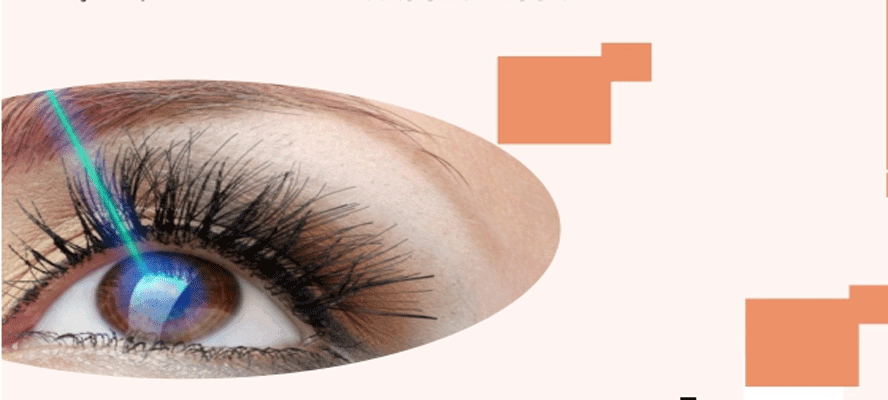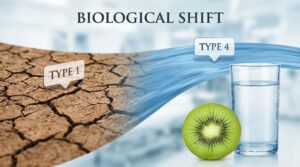A most common cause behind loss of vision among people above 40 years of age, cataract is characterised by clouded eye lens which is situated behind the iris and the pupil of the eye. Our eye lens within the eye works similar to a camera lens by focusing light on the retina so as to obtain a clear image. It also adjusts the focus of our eye to see objects which are close and far from our vision. This highly efficient lens is particularly made up of water and proteins, arranged in such a way that it is clear and allows efficient passing of light through it. However, with passing age, these proteins tend to clump together and begin clouding small areas of the lens which eventually grow larger to cloud more part of the lens, making normal vision challenging.








